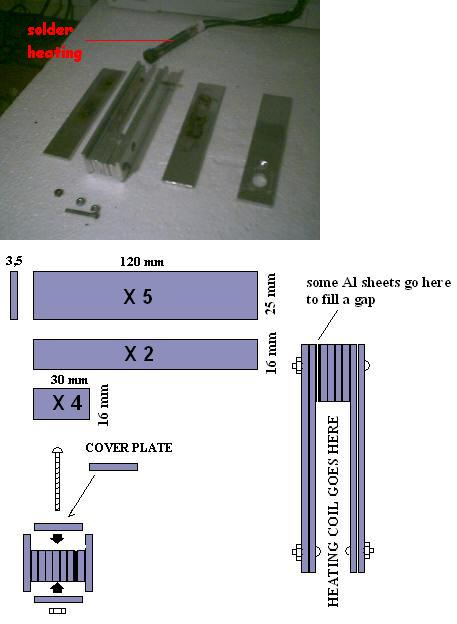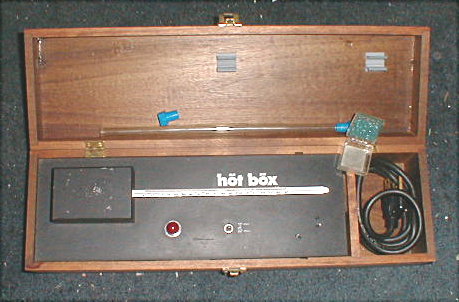(snip)
Sorry Norseman



| Quote: |

| Quote: |


| Quote: |

| Quote: |


| Quote: |

| Quote: |

| Quote: |
| Quote: |
| Quote: |



| Quote: |

| Quote: |


Quote: Originally posted by Amy Winehouse  |
Quote: Originally posted by RonPaul2012  |

Quote: Originally posted by Mush  |
Quote: Originally posted by DraconicAcid  |
